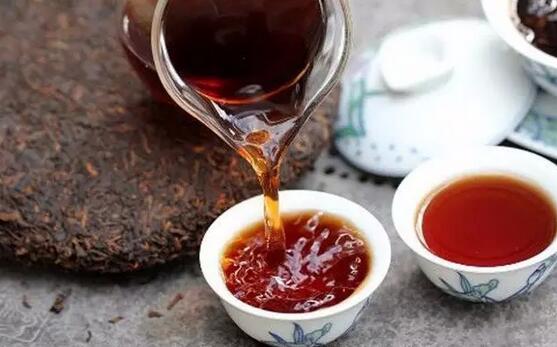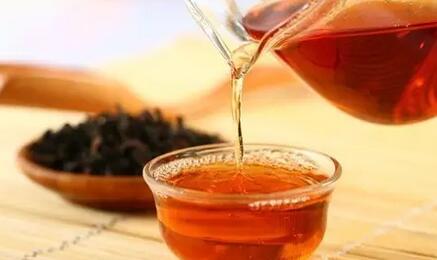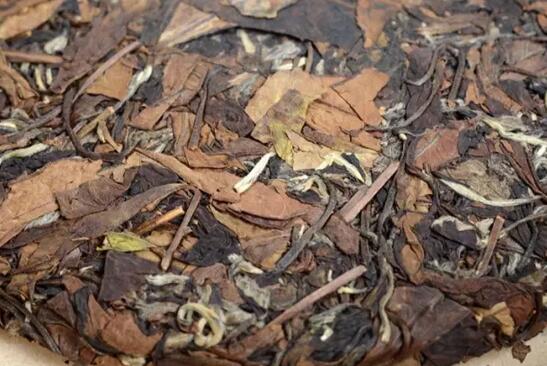Winter weather is cold, and brewing a pot of tea at this time not only allows you to experience the smooth and mellow taste of the tea but also brings warmth to the chilly season. So, which teas are suitable for brewing in winter? Let's take a look......

Black Tea
Black Tea belongs to the post-fermented tea category. Because it uses relatively coarse raw materials and undergoes a long fermentation process during production, it has a strong aged aroma, a mellow taste, and the tea soup often appears dark brown.
Black Tea can be brewed or decocted. Using pottery tea ware can take advantage of the tea set's good adsorption properties to eliminate some off-flavors formed during fermentation and storage, making the aged aroma of Black Tea more prominent. In addition, the rustic and bold pottery tea ware complements Black Tea, enhancing its deep and aged charm.
The raw materials of Black Tea are relatively coarse, and only after decoction can its functional components be fully absorbed by the body. The sweet, mellow, and smooth taste after brewing is truly unforgettable.

Tangerine Pu-erh Tea
Last year, Tangerine Pu-erh Tea became incredibly popular, especially Small Green Tangerine—a combination of fresh and lively small green tangerines and mellow ripe Pu-erh, offering a unique flavor and excellent benefits. So, can Tangerine Pu-erh Tea be brewed?
The answer is yes. Both ripe Pu-erh and tangerine peel taste better after brewing. After a period of brewing, the combination of tangerine and tea not only enhances their respective flavors but also promotes their fusion, making the aroma and taste more mellow and smooth.
Brewing Tangerine Pu-erh Tea is simple. Small Green Tangerines can be added whole, while Big Red Tangerines can be adjusted according to a ratio of 1:3 (tangerine to tea). Bring to a boil over high heat, then simmer for five to ten minutes.

Red Tea
The most internationally popular type of tea, Red Tea is a fully fermented tea. It is made from the buds and leaves of tea plants through typical processes such as withering, rolling (cutting), fermentation, and drying. It is named Red Tea because the dry leaves and brewed tea soup are predominantly red.
Red Tea is suitable for both brewing and decoction. It can be enjoyed plain or with additives. Plain drinking, without any condiments, allows the tea to showcase its natural aroma. This method is ideal for savoring the fragrance and mellow taste of Gongfu Red Tea.

Aged White Tea
White Tea is a lightly fermented tea made from tender buds and leaves with white fuzz, which are sun-dried or baked at low temperatures. It has a silvery-white appearance and is known as "green with white fuzz." White Tea is often referred to as "one year for tea, three years for medicine, seven years for treasure." Aged White Tea that has been stored for a certain period has excellent medicinal benefits. Because White Tea is not rolled during production, its internal substances are difficult to release, making it very suitable for brewing.

In the cold winter, brew a pot of tea to warm yourself up.